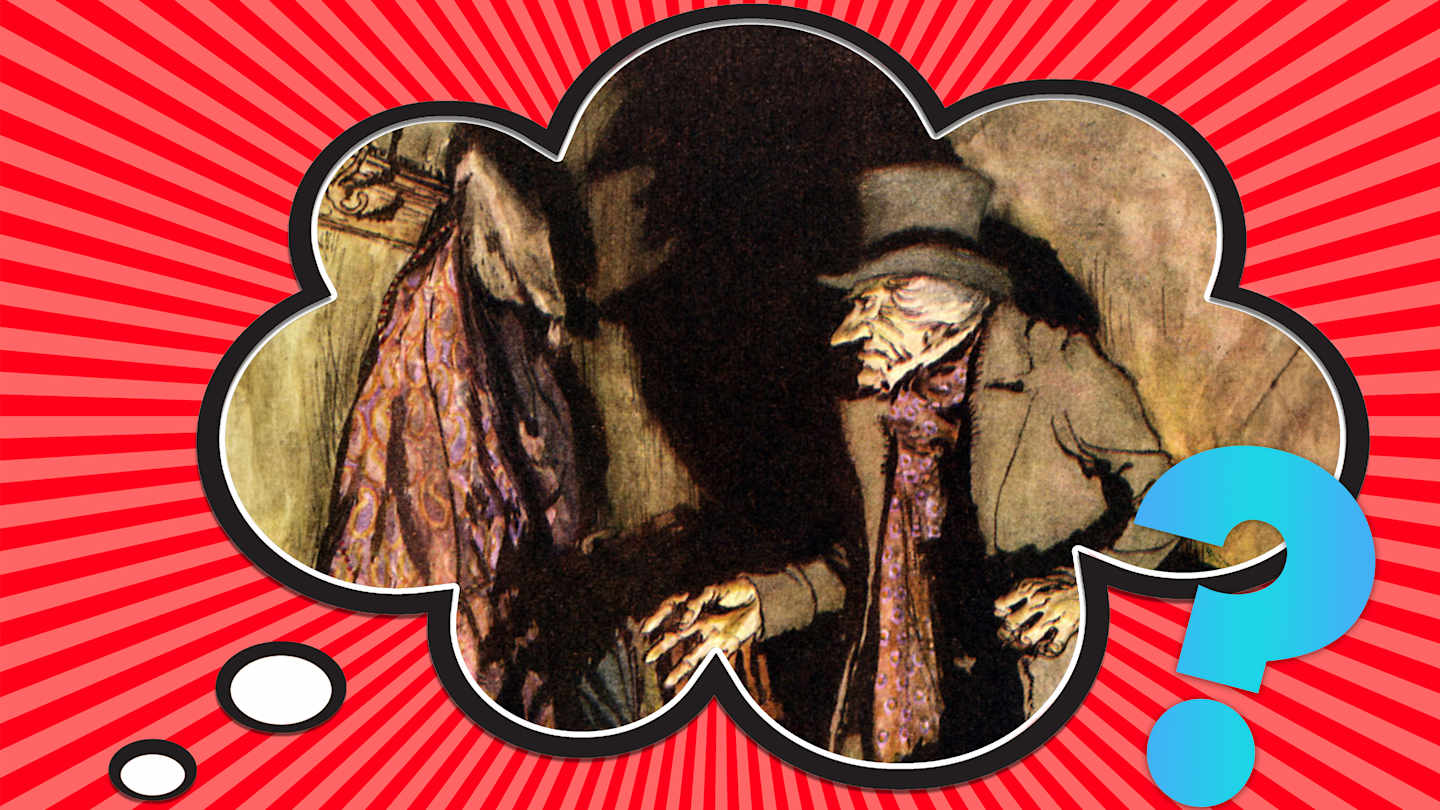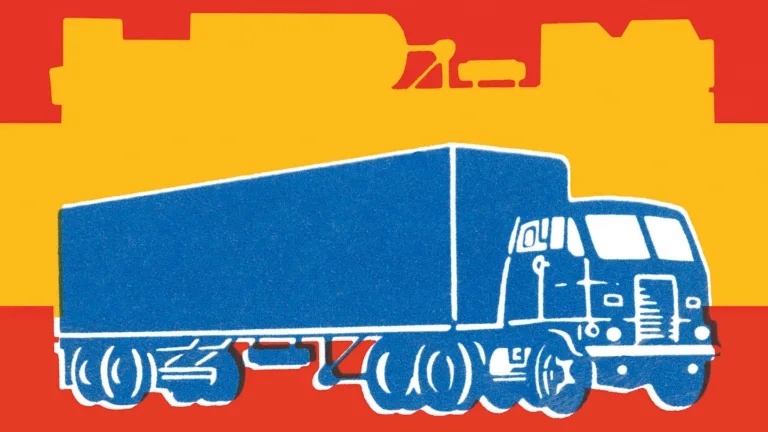Let’s dive into the fascinating world of “Bah Humbug!” a phrase that has become synonymous with festive grumpiness. But did you know this iconic line holds a deeper meaning, rooted in the history of language and social commentary?
At its core, “Bah Humbug” goes beyond simply disliking Christmas cheer. It’s a cry against deception and pretense. The word “humbug,” as we learn from Charles Dickens’ masterpiece A Christmas Carol, originally meant a hoax or trick – something that wasn’T What It Seemed. Think of it like a magician pulling a rabbit out of a hat, but instead of a fluffy creature, it’s a hollow illusion designed to Distract You. By the 18th century, “humbug” had evolved to encompass any kind of nonsense or empty display.
When Ebenezer Scrooge bellows “Bah! Humbug!” he isn’t just complaining about carols and mistletoe. He sees Christmas as a grand Societal Deception – a carefully constructed facade that preys on people’s desire for happiness while ignoring real problems. Scrooge believes the holiday encourages extravagance and financial exploitation, with wealthy individuals like himself pressured to donate and spend lavishly while turning a blind eye to genuine Social Issues. This cynical view is what gives “Bah Humbug” Its Enduring Power – it captures the frustration of those who feel disillusioned by empty traditions and superficial celebrations.
The Evolution of Humbug
The journey of “humbug” from a simple trick to a symbol of societal disapproval is a Fascinating One. It’s a testament to how language evolves, reflecting changing social norms and attitudes. In its early days, “humbug” was primarily used to describe literal hoaxes or deceptions – think of someone selling you a fake pearl necklace as genuine treasure. It captured the essence of trickery and manipulation, playing on people’s gullibility and desire for something more than what they were getting.
But as society became more complex, “humbug” started to take on new meanings. It began to encompass any kind of insincerity or meaningless display – a politician making empty promises, a social gathering where everyone is just putting on a show, or even a grand celebration without Genuine Joy. This expansion of meaning reflected the growing awareness of societal facades and the desire for authenticity in an Increasingly Superficial World.
By the time Dickens wrote A Christmas Carol in the 19th century, “humbug” had solidified its place as a term for anything perceived as phony or deceptive. It wasn’t just about literal tricks anymore; it was about the broader sense of societal pretense and the hypocrisy that often lurked beneath. This evolution is precisely what gives Bah Humbug Its Enduring Power – it captures a timeless sentiment of distrust towards superficiality and a yearning for genuine connection and meaning, even amidst the festive cheer.
Dickens’ Bah! Humbug!
Charles Dickens, the literary genius behind A Christmas Carol, Undeniably Cemented “Bah! Humbug!” Into Our Cultural Lexicon. His portrayal of Ebenezer Scrooge, a miserly and grumpy man who despises Christmas cheer, gave this expression its iconic status. Scrooge’s pronouncements of “Bah! Humbug!” became synonymous with his cynical worldview, reflecting his belief that the holiday was nothing more than a shallow Charade Designed To Exploit People’s emotions.
But Dickens wasn’t simply creating a memorable catchphrase; he was using “bah humbug” To Explore Deeper Societal Issues. Scrooge’s disdain for Christmas stemmed from his perception of it as a celebration built on empty gestures and Rampant Consumerism, ignoring the real struggles faced by the poor and disadvantaged. Through Scrooge’s character, Dickens critiques the hypocrisy and materialism that often overshadow genuine human connection during the holiday season.
Dickens cleverly used “bah humbug” to highlight the tension between outward appearances and inner reality. While people outwardly celebrate Christmas with joy and generosity, Scrooge sees through this facade, revealing a darker truth about societal values and priorities. This powerful critique resonates even today, reminding us to be mindful of the true meaning of holidays and to strive for genuine compassion and empathy rather than simply indulging in Superficial Festivities.
 Horse You Rode In On: The Colorful History Of A Vulgar Insult
Horse You Rode In On: The Colorful History Of A Vulgar InsultChristmas as a Scam: Scrooge’s Perspective
Ebenezer Scrooge’s perspective on Christmas is a harsh one, painted by Dickens as a cynical and disillusioned view of the holiday season. He sees Christmas not as a time for joy and generosity, but rather as a cleverly orchestrated “scam” designed to manipulate people into feeling happiness while masking deeper societal problems.
Scrooge believes that Christmas encourages rampant consumerism and extravagance, with wealthy individuals like himself pressured to donate and spend lavishly, all while ignoring the true needs of the less fortunate. He sees it as a system where society rewards superficial displays of generosity over genuine acts of kindness. Think of it like a rigged game – everyone is caught up in the festivities, but the real winners are those who profit from the chaos, leaving behind a trail of empty promises and unfulfilled desires.
This cynical view stems from Scrooge’s own experiences with poverty and loss, which have hardened his heart and made him deeply skeptical of holiday cheer. He sees Christmas as a distraction From Real Issues, a way to temporarily appease people’s longing for happiness while ignoring the systemic inequalities that plague society. His famous “Bah! Humbug!” serves as a rallying cry against this perceived deception, a desperate attempt to awaken others to the true nature of the holiday season and its potential for exploitation.
Societal Pressure and Financial Exploitation
Scrooge’s rant against Christmas as a “scam” highlights a particularly poignant point: the pressure placed on individuals, especially those with means, to participate in lavish displays of generosity during the holidays. He sees this as a form of Financial Exploitation, Where Society Subtly (or not so subtly) compels people to spend beyond their means in order to maintain appearances and conform to societal expectations.
Think about it: Christmas is often associated with extravagant gifts, Elaborate Feasts, and endless parties. These traditions can easily lead to overspending and financial stress, particularly for those who feel obligated to keep up with the Joneses. Scrooge argues that this pressure to spend is ultimately harmful, diverting resources from truly meaningful causes and exacerbating existing inequalities.
He believes that genuine generosity shouldn’t be tied to material possessions or social status; instead, it should stem from a place of empathy and compassion for those in need. Scrooge sees Christmas as an opportunity for people to connect on a Deeper Level, Sharing Their Time, resources, and kindness with others rather than engaging in superficial displays of wealth and indulgence.
Beyond the Festive Cheer
Despite Scrooge’s Initial Negativity, Dickens ultimately encourages us to look beyond the superficial trappings of Christmas and explore its deeper meaning. While acknowledging the pressures and potential for exploitation that can taint holiday celebrations, Dickens reminds us that at its core, Christmas is about love, compassion, and human connection.
Scrooge’s transformation throughout the story highlights this message. As he learns to embrace generosity and empathy, he rediscovers the true spirit of Christmas, finding joy in simple acts of kindness and genuine connections with others. This journey reminds us that true happiness doesn’t come from material possessions or Extravagant Celebrations, but rather from fostering meaningful relationships and extending a helping hand to those in need.
So, While It’s important to be critical of societal pressures and avoid falling prey to commercialism, let’s not lose sight of the heartwarming potential of Christmas. Let’s strive to create a holiday season filled with genuine kindness, compassion, and a spirit of togetherness that transcends the superficiality often associated with festivities.
More for curious minds
Unlock extra content and exclusive deals tailored to your interests.










